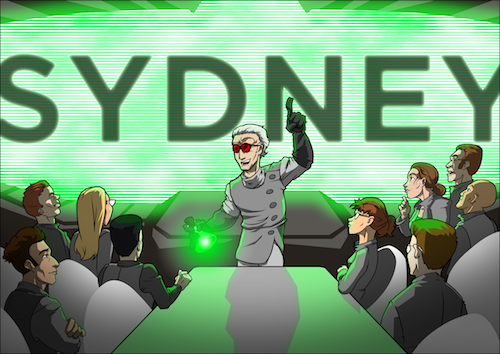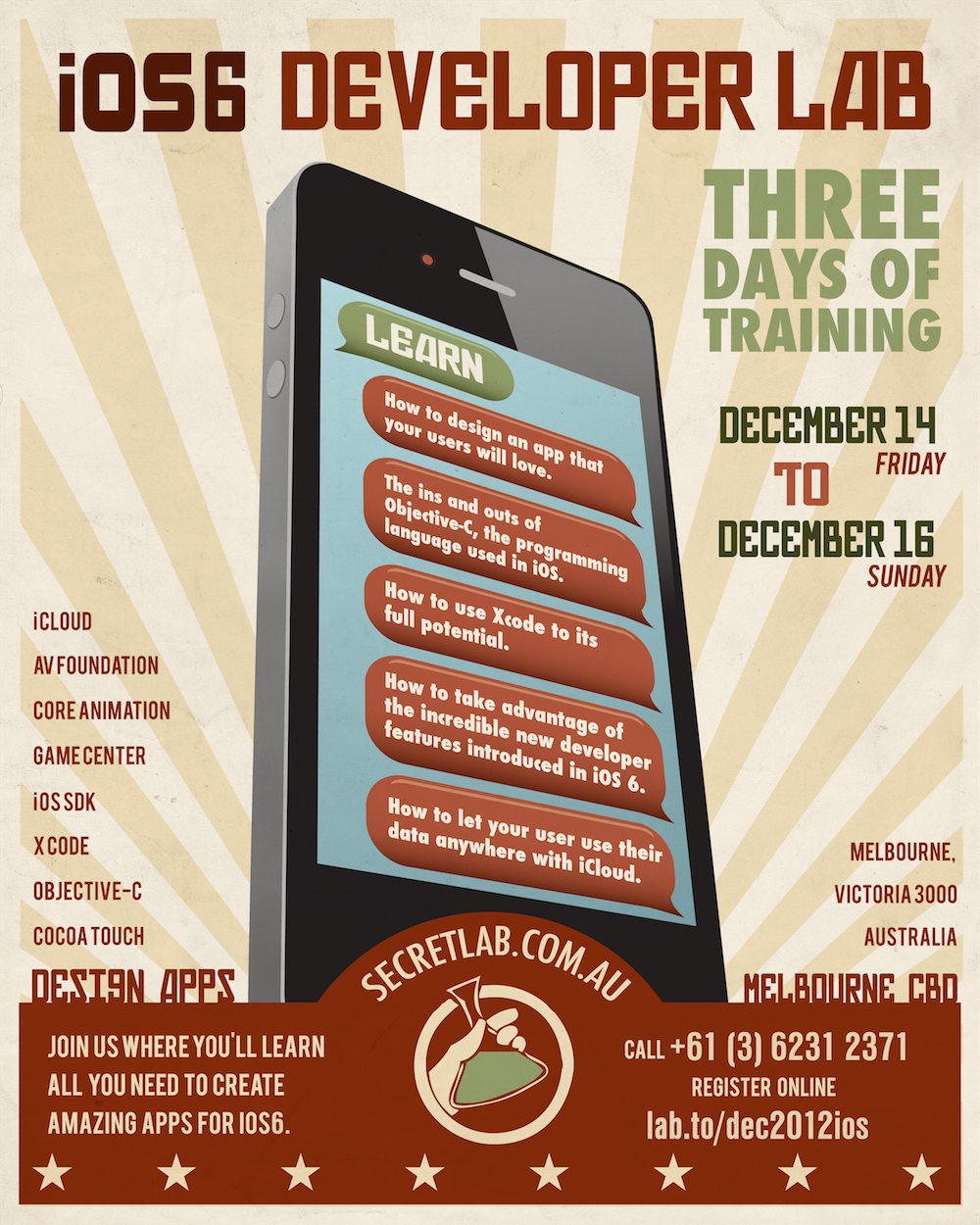Gesture recognisers are one of those APIs that are completely obvious once you think about them, and solve a potentially tricky problem very cleanly. However, gesture recognisers have to work within the bounds of how views in iOS work, which can have some interesting consequences for using them in games.
To put it briefly: how can we use gesture recognisers in OpenGL-based games?
Here’s the problem: gesture recognisers work by being attached to views; when a touch lands on the screen, UIKit determines which view the finger belongs to, and this information is used for tracking gestures.
However, all OpenGL games do their main work using a single view - the OpenGL view in which all rendering takes place. This is true regardless of whether you’re drawing complex 3D graphics or simple 2D sprites. And this can mean that gesture recognisers are trickier to do, because when the finger lands on the screen, UIKit will say, “hey, the view that was touched was the OpenGL view! Job done, you’re welcome, see you later!”
So, if we want gesture recognisers, and we’re drawing using a single OpenGL view, what needs to happen is this that gesture recognisers need to be added to the OpenGL view, but are limit the areas in which they’ll look for touches to areas that depend on what’s happening in the game.
This is possible through the use of the gestureRecognizer:shouldReceiveTouch: method in the UIGestureRecognizerDelegate protocol. If a delegate implements this method, it’s possible to make a recogniser only track touches in certain areas.
This is the approach taken by Krzysztof Zabłocki’sCCNode+SFGestureRecognizers, which is a zlib-licensed extension to Cocos2D. CCNode+SFGestureRecognizers performs some very clever hacks, including dynamically creating classes that operate as delegates and using the Objective-C runtime’s new associated object support, that allow you to add gesture recognisers directly to CCNodes.
We’re using CCNode+SFGestureRecognizers in Leonardo’s Moon Ship, an adventure game that we’re looking forward to talking about further in the coming weeks and months, to support dragging items from the player’s inventory onto items in the game world.




